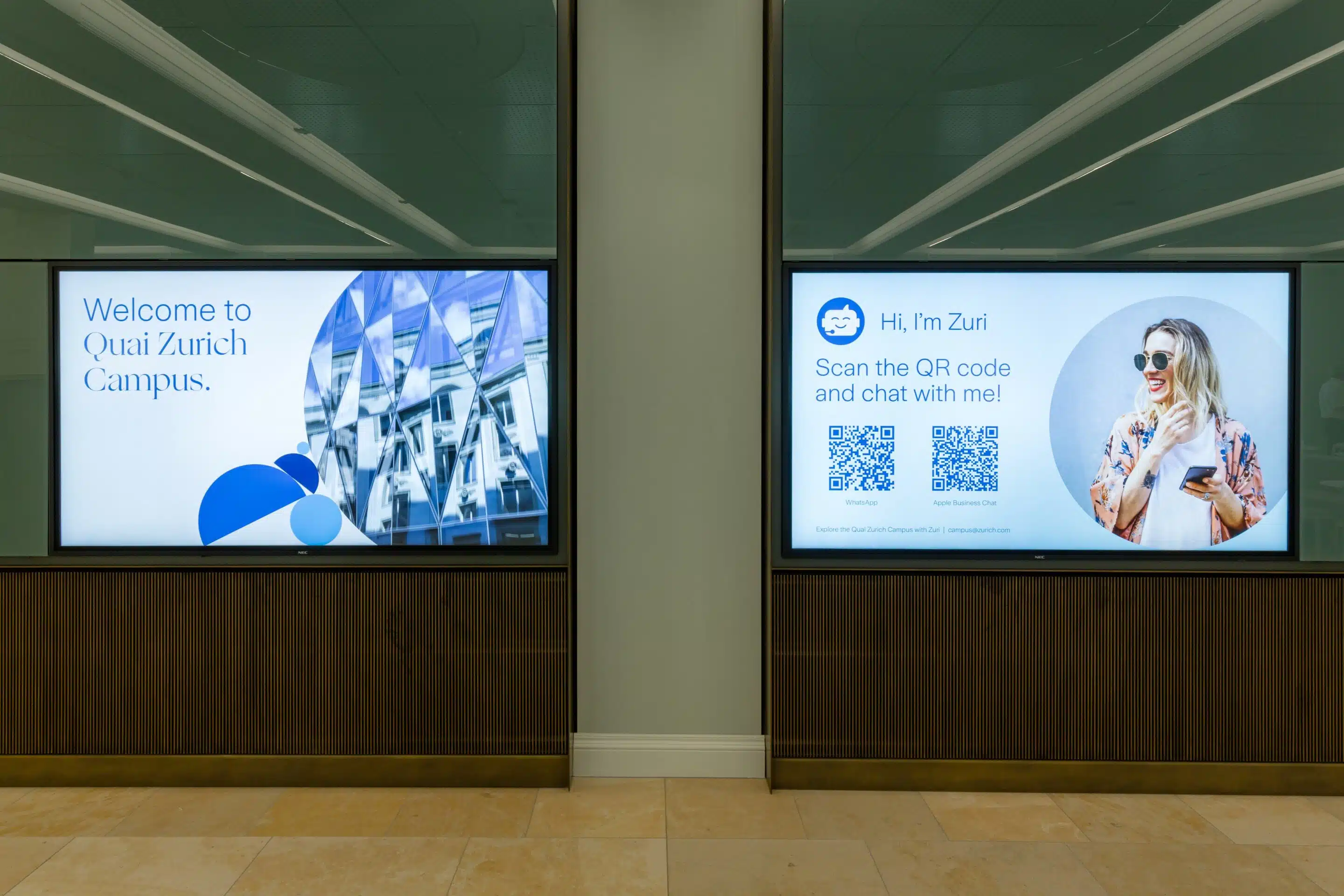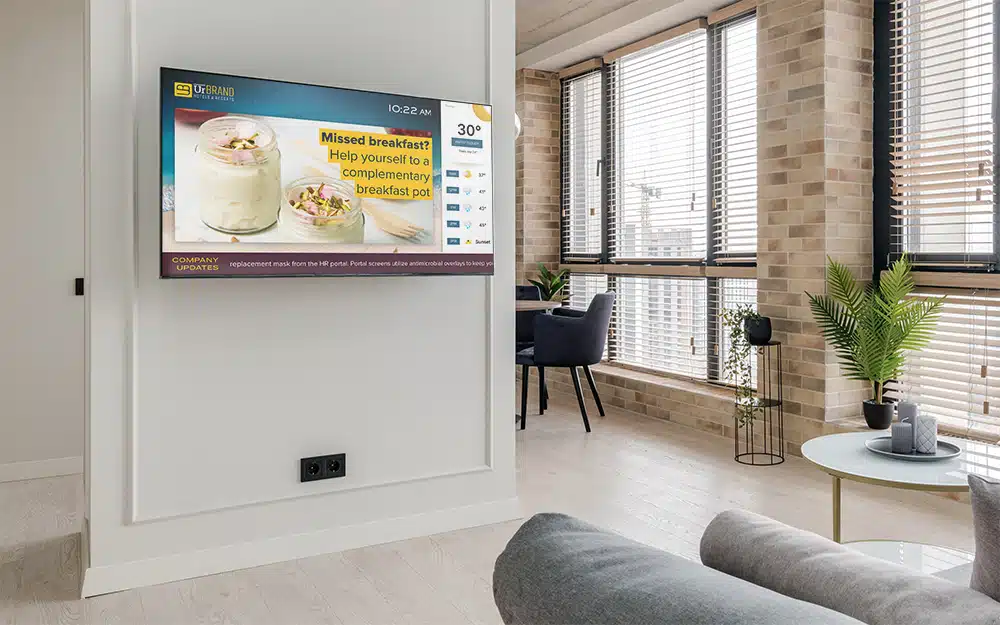In the evolving world of digital signage, organizations are constantly looking to streamline operations, enhance their audience’s experience, and of course, lower costs. One important technology that has grown significantly is the integration of system-on-chip (SoC) technology. SoC is an integrated circuit that incorporates all components of a computer or other electronic systems into a single chip. This integration offers a multitude of benefits for digital signage and Interactive TV applications, making it a game-changer in the industry.
In addition, SoC-enabled displays can lower the overall cost of ownership for digital signage deployments. Often reducing the upfront investment in hardware and lowering long-term operational costs, including maintenance and power consumption. The integrated nature of SoC solutions means less energy is required to operate, leading to savings on electricity bills.

Traditional digital signage and Interactive TV setups utilize external media players, various cables, and additional hardware to display content. In contrast, SoC solutions integrate the media player functionality directly into the display, eliminating the need for external devices. This not only reduces the physical clutter and space requirements but also simplifies the installation and setup process, and with fewer points of failure can potentially lower maintenance needs and reduce downtime.
In addition, SoC-enabled displays can lower the overall cost of ownership for digital signage and Interactive TV deployments. Often reducing the upfront investment in hardware and lowering long-term operational costs, including maintenance and power consumption. The integrated nature of SoC solutions means less energy is required to operate, leading to savings on electricity bills.
OS Diversity in SoC Digital Signage Solutions
The variety of operating systems (OS) used by different display manufacturers is an essential consideration when adopting SoC technology. This landscape features a mix of proprietary OSs like Samsung’s Tizen and LG’s webOS, alongside open platforms such as Android, used by Philips and Sony, and Linux. Each operating system brings its unique set of features, user interface, and app ecosystem, impacting the functionality and CMS compatibility.
Is SoC the answer?
While SoC technology offers streamlined integration and efficiency for digital signage applications, it also presents certain challenges, including limited upgradeability due to its integrated nature. Investment in SoC also introduces a dependence on specific manufacturers for updates and support, additionally, software compatibility issues can arise, as not all software applications will need to be updated to support new OS changes. These factors collectively underline the importance of carefully weighing SoC’s advantages against its potential limitations for informed decision-making in technology investments.
Uniguest DEP
Uniguest Digital Signage supports SoC solutions from leading digital signage and hospitality display manufacturers including Samsung, LG, Philips, and more. In addition, for non-SoC deployments, Uniguest offers a range of robust and cost-effective media players to suit all requirements. To find out more, or to discuss what solution best supports your requirements, contact your local Uniguest representative.
